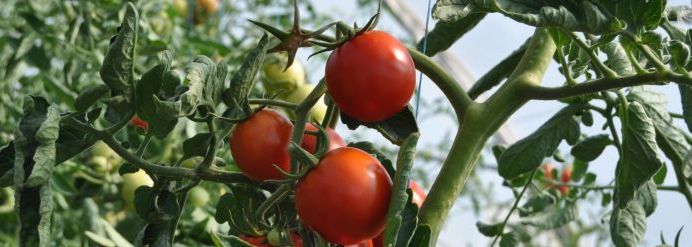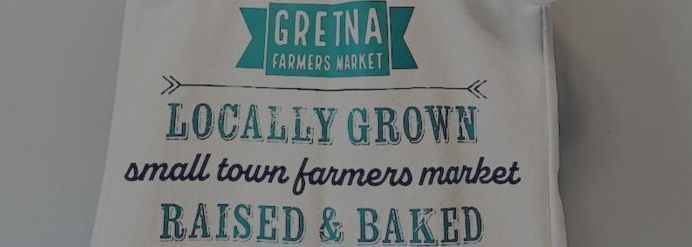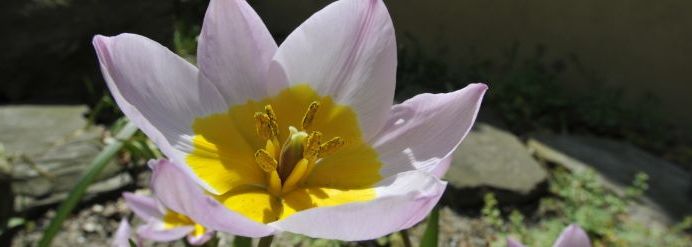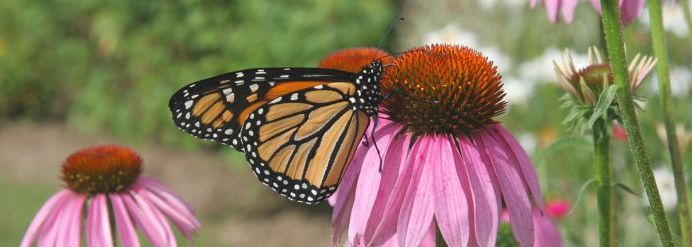Tomatoes are a beloved addition to any garden, offering vibrant colors and delicious flavors. However, even the most seasoned gardeners, including those who grow for a Nebraska farmers market, can encounter challenges when it comes to growing these juicy fruits. We wanted to go over some common problems gardeners and farmers face when growing tomatoes and give you some practical tips to ensure a great harvest!
Problem: Blossom end rot
One of the most frustrating issues tomato growers face is blossom end rot, characterized by dark, sunken spots at the blossom end of the fruit. This problem occurs due to a calcium deficiency, inconsistent watering or extreme fluctuations in soil moisture levels.
Solution: To combat blossom end rot, maintain consistent moisture levels by watering deeply and regularly. Adding calcium-rich amendments or crushed eggshells to the soil can also help replenish calcium levels and prevent this issue.
Problem: Tomato blight
Tomato blight is caused by fungal pathogens, which can wreak havoc on tomato plants. This is characterized by dark, circular spots on leaves, stem lesions and fruit rot.
Solution: To prevent blight, practice good garden hygiene by removing and disposing of infected plant debris. Provide adequate spacing between plants to improve air circulation and avoid overhead watering, which can promote the spread of fungal spores. Applying organic fungicides early in the growing season can also help protect plants from blight.
Problem: Tomato hornworms
Tomato hornworms are large, green caterpillars that can quickly devour tomato plants.
Solution: To control these pests, inspect plants regularly and handpick any hornworms you find. You can also introduce natural predators or use parasitic wasps or organic insecticides specifically formulated to target tomato hornworms. Additionally, planting companion plants such as marigolds, basil and garlic can deter these pests from your tomato garden.
Problem: Insufficient pollination
Poor fruit set and misshapen tomatoes can be a result of inadequate pollination. This can occur due to low bee activity, excessive heat or high humidity.
Solution: To encourage pollination, create a bee-friendly environment by planting nectar-rich flowers nearby. Gently shaking or tapping the plant's main stem or using a small brush to transfer pollen between flowers can also aid in the pollination process. Additionally, maintaining consistent temperatures and humidity levels in the growing area can support successful pollination.
Visit us, one of the best Nebraska farmers markets
Another great way is to visit a Nebraska farmers market and talk to farmers who have experienced similar problems. Many of us learn how to produce a bountiful harvest through trial and error. Proactive care, regular monitoring and implementing appropriate solutions will help ensure healthy plants and delicious, homegrown tomatoes. Come check us out in downtown Gretna, Saturdays from 8 a.m. to noon!















